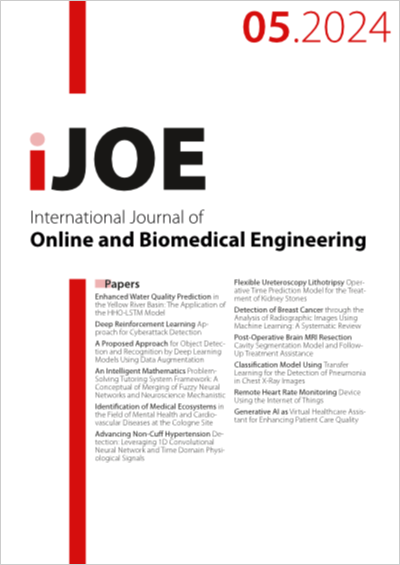Enhanced Water Quality Prediction in the Yellow River Basin: The Application of the HHO-LSTM Model
DOI:
https://doi.org/10.3991/ijoe.v20i05.48225Keywords:
water quality; prediction model; Harris hawks optimization; long short-term memory, Yellow River BasinAbstract
In the pivotal water resource region of the Yellow River Basin in China, precise prediction of water resources is essential for their effective and rational management. This study introduces a novel approach to water resource prediction by employing the Harris Hawks Optimization-Long Short-Term Memory (HHO-LSTM) model. This method overcomes the constraints faced by traditional techniques in processing time series data and various variable factors. It encompasses a comprehensive description of the multi-source hydrological data collection process within the Yellow River Basin, followed by meticulous data preprocessing. The data set for this study includes estimates of four critical water quality parameters, and the efficacy of the model is gauged through the mean squared error (MSE) and root mean squared error (RMSE) metrics. This facilitates the projection of future water quality trends in specific areas by leveraging historical water quality data. The HHO-LSTM model has demonstrated outstanding accuracy and robustness in predicting water quality across diverse temporal scales and water resource variables, marking a significant advancement in water resource management within the Yellow River Basin. This approach not only enhances current management strategies but also contributes valuable insights for ongoing water resource research and decision-making processes.
Downloads
Published
How to Cite
Issue
Section
License
Copyright (c) 2024 Minning Wu, Eric B. Blancaflor, Fei Ren, Wang Yong, Ting Dong

This work is licensed under a Creative Commons Attribution 4.0 International License.



